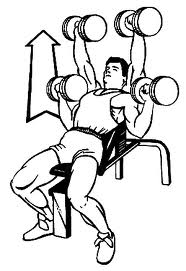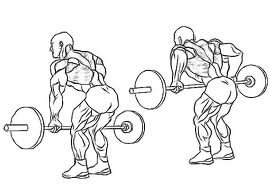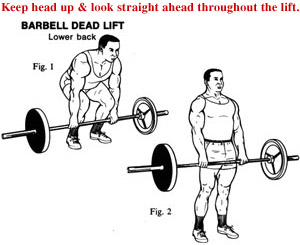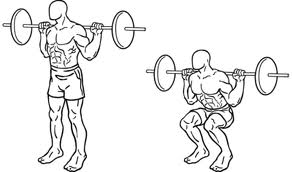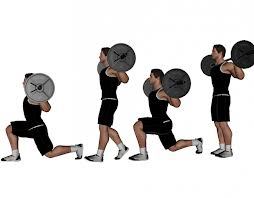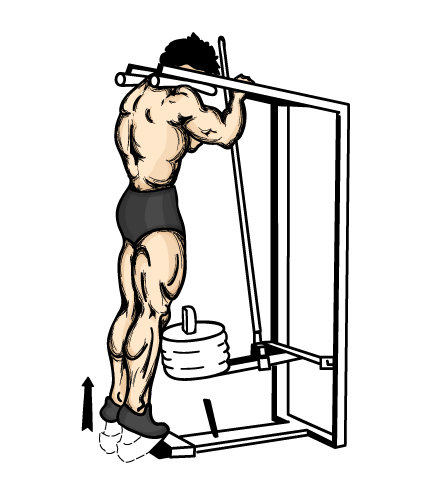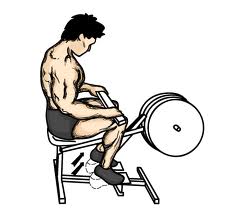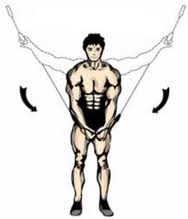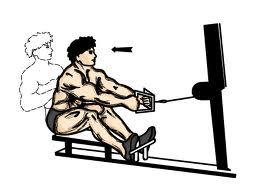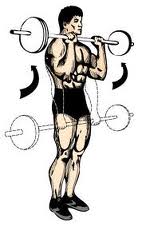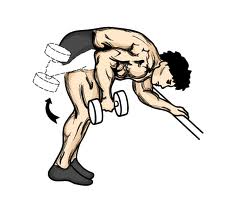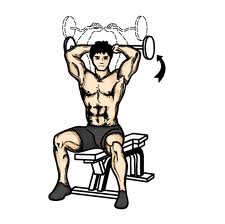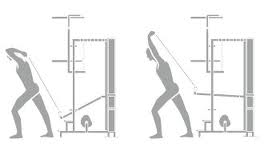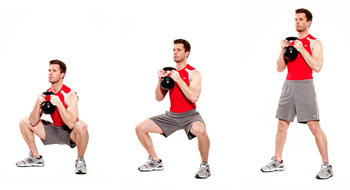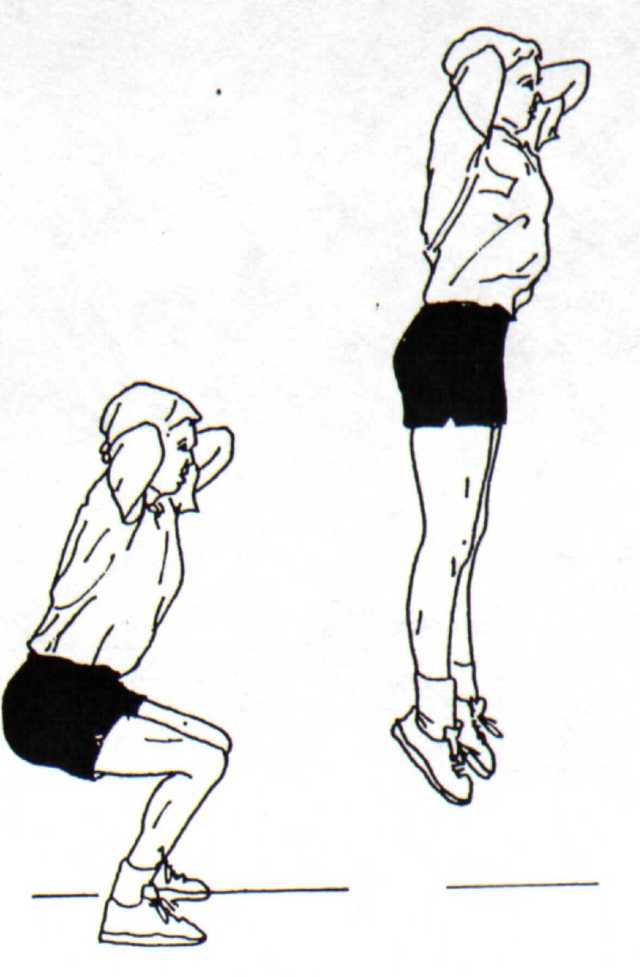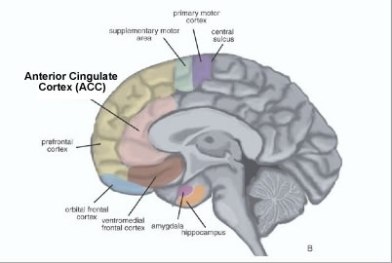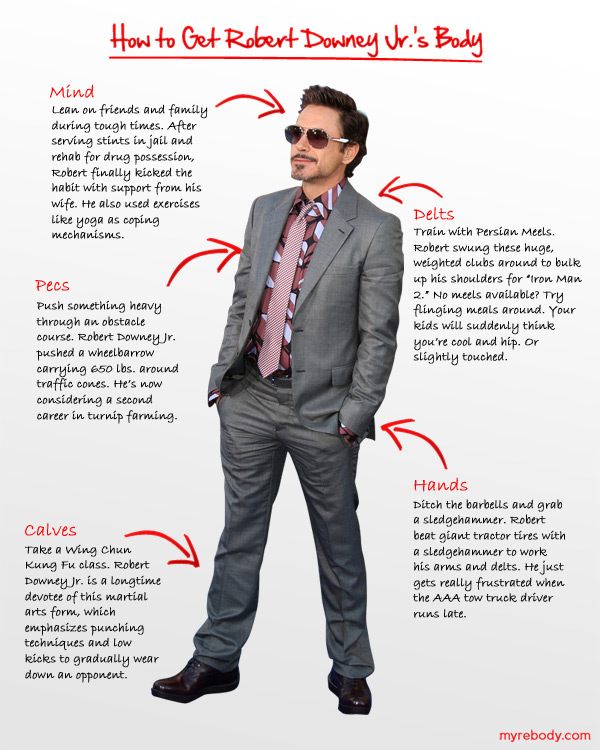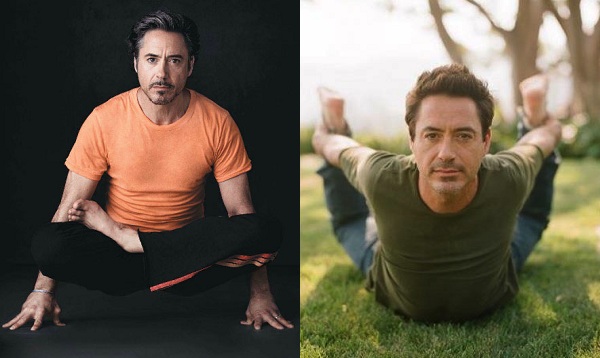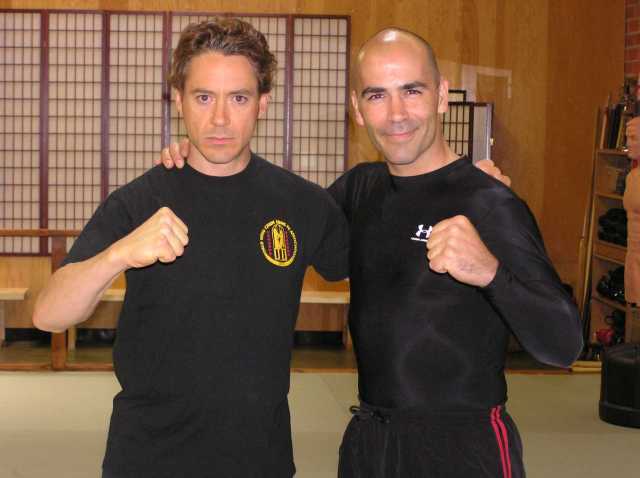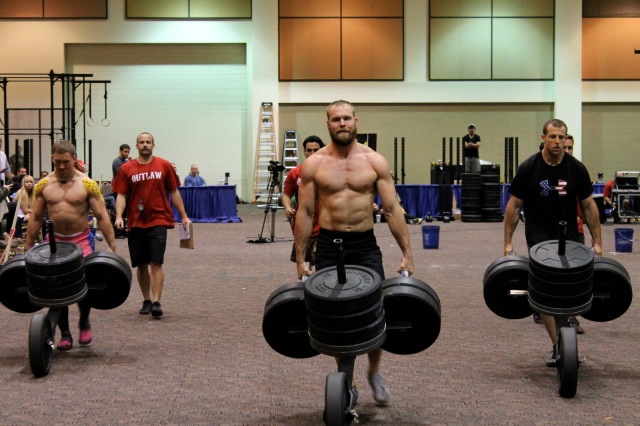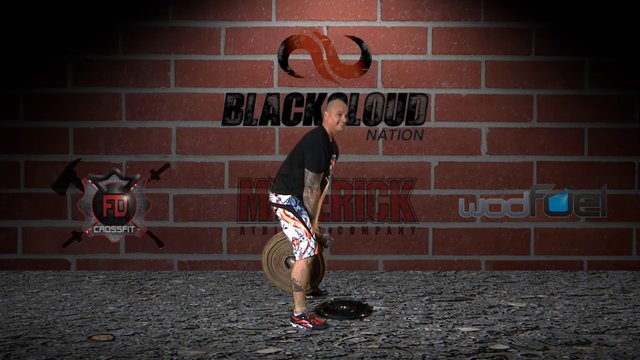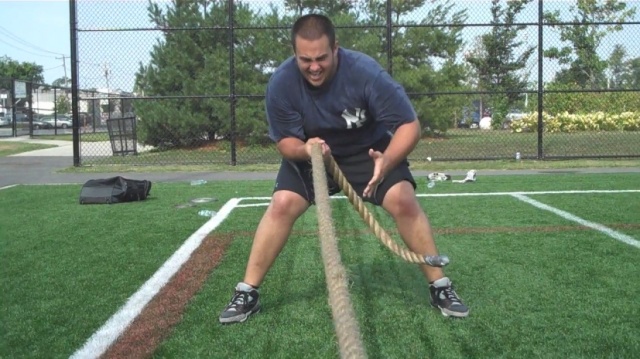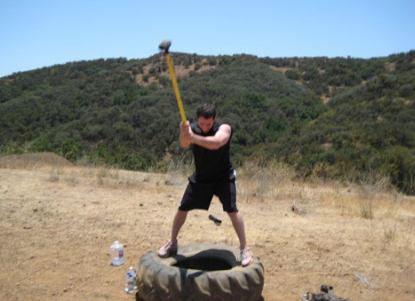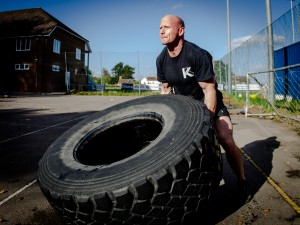The man of Steel (Henry Cavill) Workout regime

“I’m on 5000 calories a day… You’ve got to eat protein first, then a little bit of carbs…you’ve gotta keep your hunger levels going,”…”I’m training two and a half hours a day, pushing my body beyond its normal limits, putting on a lot of muscle mass and just making myself look like Superman.” Stated Henry following an interview by Total Film Magazine before filming began. He carried on, “You’ve gotta keep your hunger levels going,”…”I’m training two and a half hours a day, pushing my body beyond its normal limits, putting on a lot of muscle mass and just making myself look like Superman.”
Eating 5000 calories and still being fairly cut, gives us an idea of the level of intensity his workouts were like. For those still wondering what I am on about, I’ll give you a hint; His workouts have to be intense enough for him to burn 5000 calories a day. Albeit this was mainly due to the short time period he had to pack on x amount of muscle.We have the luxury of time, so we can eat less and build up our intensity.
What Henry’s trainers revealed the ‘tailpipe’ (exercise to form his six-pack), because it’ll leave you ‘exhausted’. It’s a 100 rep workout that you ADD onto the end of your regular workout as an intense circuit to really burn those calories.
Train in all rep ranges if you want to build muscle quickly and efficiently
In order to properly portray Superman, Henry Cavill needed to look both big and strong. And the best way to accomplish this is by lifting in both low, mid, and high rep ranges.
When most guys train, they typically either train really really heavy or really really light. They either lift exclusively in the 3-6 rep range or in the 10-12 rep range.
While lower rep ranges (3-6 reps) are good for increasing your strength levels, they aren’t the best for muscular hypertrophy.
On the other hand, higher rep ranges (10-12 reps) are good for increasing fluid in the muscle which will quickly increase the muscle’s size but it doesn’t necessarily translate to strength gains.
To build the best overall physique, you need to incorporate all rep ranges.
How do I structure the Henry Cavill workout?
For the Henry Cavill Superman workout, your workout should be spread over 4 days.
Ideally, you should be on a 2 day on-1 day off cycle.
Monday (Upper body, strength)
- Incline dumbbell press – 4 sets x 5 reps
- Flat dumbbell press – 3 sets x 5 reps
- Weighted chin ups – 4 sets x 5 reps
- Dumbbell/Barbell row – 3 sets x 5 reps
Tuesday (Lower body, strength)
- Deadlift – 5 sets x 5 reps
- Squat – 5 sets x 5 reps
- Front lunges – 3 sets x 8 reps per leg
- Calf raise – 5 sets x 12 reps
Wednesday – Rest day
Thursday (Chest and Back, hypertrophy)
- Incline dumbbell press – 3 sets x 8-10 reps
- Cable crossover – 4 sets x 10-12 reps
- Weighted chin ups – 3 sets x 8-10 reps
- Seated cable row – 4 sets x 10-12 reps
Friday (Shoulders and Arms, hypertrophy)
- Seated dumbbell press – 3 sets x 8-10 reps
- Side lateral raise – 3 sets x 10-12 reps
- Front Lateral raises – 2 sets x 10-12 reps
- Any bicep curl variation – 6 sets x 10-12 reps
- Any tricep extension variation – 6 sets x 10-12 reps
Saturday and Sunday (Restdays)
Note: You can do some soft tissue work (with foam roller or tennis ball), some stretching, and maybe even some walking but don’t do any high intensity activities.
Another source states the following, stating Henry used Kettlebells also:
Perform these exercises in the order written. Do 25 reps of each exercise. Use a 35pound Kettlebell or dumbell for the exercises that require you to use a weight. If you are a newbie, you might want to start a little lighter.
THE DIET
Fresh fruits, veggies, lean meats and protein will need to be strictly adhered to.
When building mass, a minimum of 1 gram of protein per pound of bodyweight is required. Aim for 1.5 grams.
Great, readily available protein sources include:
- Beef
- Chicken
- Fish
- Eggs
- Dairy (cottage cheese, yogurt, etc.)
Henry and the cast of the Immortals used as featured in MF UK (april 2012). to get in pre-superman shape.
Monday
- Breakfast: Oatmeal with dried fruit and almond milk. 1 serving of fruit.
- Snack: Natural protein bar. Sports recovery drink
- Lunch: Salad of your choice but must include chicken breast, 30g avocado and 90g low-fat cheese. Low-fat dressing.
- Snack: 60g nuts.
- Dinner: 125ml vegetable soup. 180g salmon with lemon sauce, asparagus and wild rice.
- Snack: 250ml fat-free cottage cheese. 30g nuts.
Tuesday
- Breakfast: Protein shake (blend 1 banana, 50g berries, 1 scoop protein powder, 250ml almond milk).
- Snack: Hummus with carrots
- Lunch: 250ml vegetable soup. Salad with chopped turkey.
- Snack: 1 green apple. 2tbsp almond butter.
- Dinner: 180g chicken breast with 2tbsp honey chili sauce, quinoa and snap peas.
- Snack: 20g casein protein.
Wednesday
- Breakfast: Egg white omelet. Handful of strawberries.
- Snack: 225g cottage cheese.
- Lunch: Tuna salad with greens. 250ml soup.
- Snack: 8 almonds. Carrot, apple, celery and ginger juice drink.
- Dinner: 225g swordfish with mango and ginger sauce, wild rice and 1 medium artichoke.
- Snack: Fresh pineapple with 225g cottage cheese.
Thursday
- Breakfast: Muesli with almond milk. 1tbsp protein powder. Carrot, apple, celery and ginger juice drink.
- Snack: 240ml low-sodium V8 juice. 2tbsp peanut butter.
- Lunch: Stir-fry 170g scallops with 250g Chinese vegetables, garlic, onion and ginger in 2tbsp olive oil.
- Snack: Protein shake (blend 1 banana, 250ml carrot juice, 1 scoop protein powder).
- Dinner: 225g turkey burger with coleslaw (no bun). 250ml gazpacho.
- Snack: 20g casein protein.
Friday
- Breakfast: 250g fat-free plain Greek yoghurt. 1 banana.
- Snack: 225g unsalted nuts. Carrot, apple, celery and ginger juice drink.
- Lunch: Veggie burger with sautée vegetables and salad. 125ml vegetable soup.
- Snack: 20 pistachio nuts.
- Dinner: Tuna salad with plenty of greens. 250ml chilled cucumber soup.
- Snack: 225g cottage cheese. 30g mixed nuts.
Saturday
- Breakfast: Scrambled egg white or egg white omelette with mushrooms. Handful of strawberries. 170g cottage cheese.
- Snack: 1 tomato. 50g fat-free cheese.
- Lunch: Soup and salad of your choice (include 2tsp sesame seeds).
- Snack: 50g turkey jerky. 280g almonds.
- Dinner: 280g halibut with 4tbsp pesto, wild rice and courgette.
- Snack: 20g casein protein.
Sunday
- Breakfast: Egg white omelette with spinach. Handful of strawberries.
- Snack: Fresh pineapple with 30g cottage cheese. 225g unsalted nuts.
- Lunch: 280g steak with salad of your choice (include avocado).
- Snack: 1 apple with 2tbsp almond butter.
- Dinner: Beef and broccoli stir fry. 250ml miso soup. 1tbsp protein powder.
- Snack: 225g cottage cheese. Handful of mixed nuts.
Henry’s supplements
For intensity and a speedy recovery protein intake is very important.Henry used a number of supplements for his adequate maintenance which started from waking up, pre-workoput, post-workout and ended before bed. That is some serious amount of protein, but as you can see quite affective.
When You Wake Up


WHEY PROTEIN: 20-40 grams
Whey protein is effective for muscle growth because it’s one of the fastest-digesting proteins. Especially good around workouts.
MULTIVITAMIN: 1 serving
Micronutrients for general health and to support muscle gain
With Your Meals
FISH OIL: 2-3 grams per day


Fish oil helps with fat loss, reducing inflammation and improving overall health.
CLA: 1-3g
Considered both a fat burner AND mass builder support
Before Workout (pre-workout)
(for me this is one of the most important)


NO BOOSTER
: 1 serving (30 min. before)
Causes blood vessels to widen, allowing more blood into your muscles = Bigger Pump!
WHEY PROTEIN: 20 grams (30 min. before)
CREATINE
: 2-5 grams (depending on brand)
Increase muscle strength, muscle power and muscle endurance
BETA-ALANINE: 1.5-3 grams


Helps to increase muscular endurance – more reps!
BCAAs
: 5 grams
Promote muscle synthesis and recovery
After Workout (post-workout)
WHEY PROTEIN: 20-40 grams
CASEIN PROTEIN: 10-20 grams
A slow-digesting protein .. perfect for overnight.
CREATINE: 2-5 grams
BETA ALANINE: 1.5-3 grams
Before Bed
CASEIN PROTEIN: 20-40 grams
Do I need to take supplements?
I typically don’t recommend supplements because all you need t build a badass body like Henry Cavill in Superman is a solid workout program and good nutrition.But that’s not to say supplements are useless.
If you’re having trouble getting enough protein, then a protein powder may help. Other than whey protein, most people will benefit from taking a multivitamin and some fish oil every day as well, which helps maintain overall health and potential vitamin deficiencies.
Thanks to FitMole, Mens Fitness, Confident, Shortlist and Moviebody for the above information.

